Image: A woman and child sit beside a grave in the newly opened Woronora Cemetery, as the mortuary train passes in the background.

Our collective history
Metropolitan Memorial Park's eight distinct parks paint a collective portrait of the past. Each site offers a unique glimpse into our history reflecting the social, cultural, and religious landscapes of Sydney and Newcastle across generations.
Featured video: Restoration of the Frazer Mausoleum
This iconic landmark, built in 1894 from stunning Pyrmont sandstone, has been revived to its former glory after years of decay.
This extraordinary structure, renowned for its exquisite alabaster sarcophagus – one of only a few outside Europe – is a significant part of Australia's architectural and cultural heritage.
Listed on the state heritage register, the Frazer Mausoleum is a testament to Australia's rich history and architectural heritage.
Timeline

1867

1868
The Necropolis Act (1867) came into force on 1 January 1868 formally dedicating the Rookwood Cemetery and establishing cemetery trusts. Gore Hill Memorial Cemetery was established by then politician, William Turks.

1881
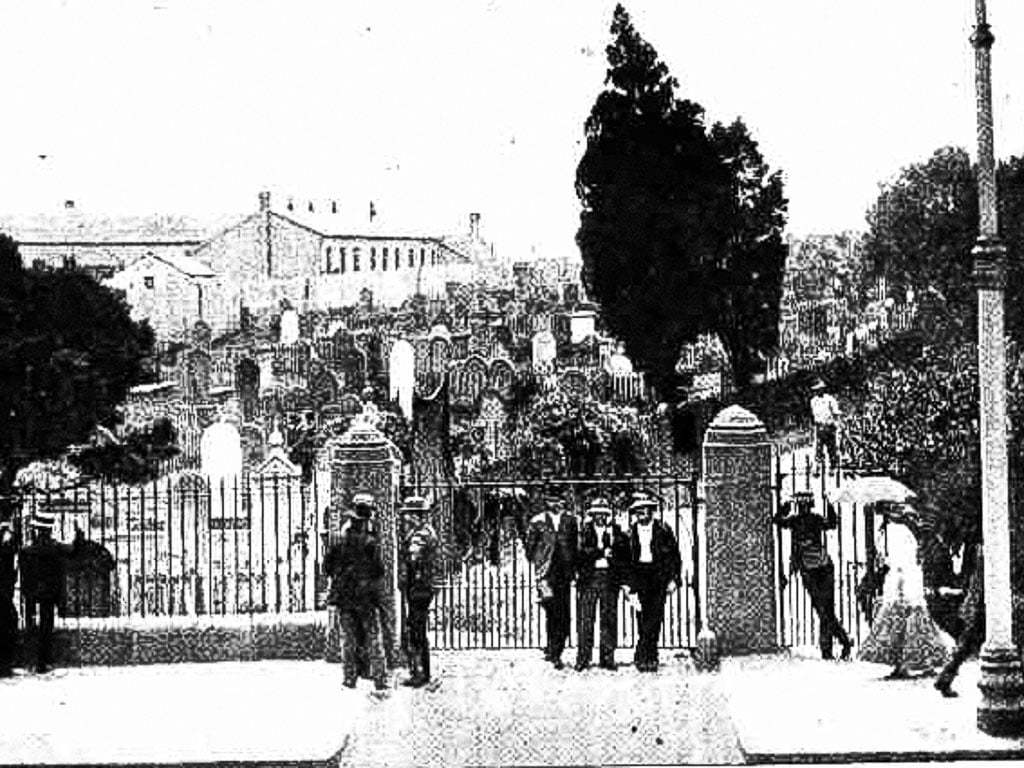
1888

1890

1895

1902

1932

1972

2004

2023
History timeline

Rookwood’s beginnings and the mortuary train
As Sydney grew, so did the need for a larger burial ground. Haslams Creek Cemetery, now known as Rookwood General Cemetery, was consecrated to replace the overcrowded Devonshire Street Cemetery. To accommodate mourners traveling from the city, a dedicated mortuary train service was introduced, running twice daily from Central Station No.1. This marked the beginning of a unique chapter in Sydney’s funeral traditions.
Image credit: State Library of New South Wales
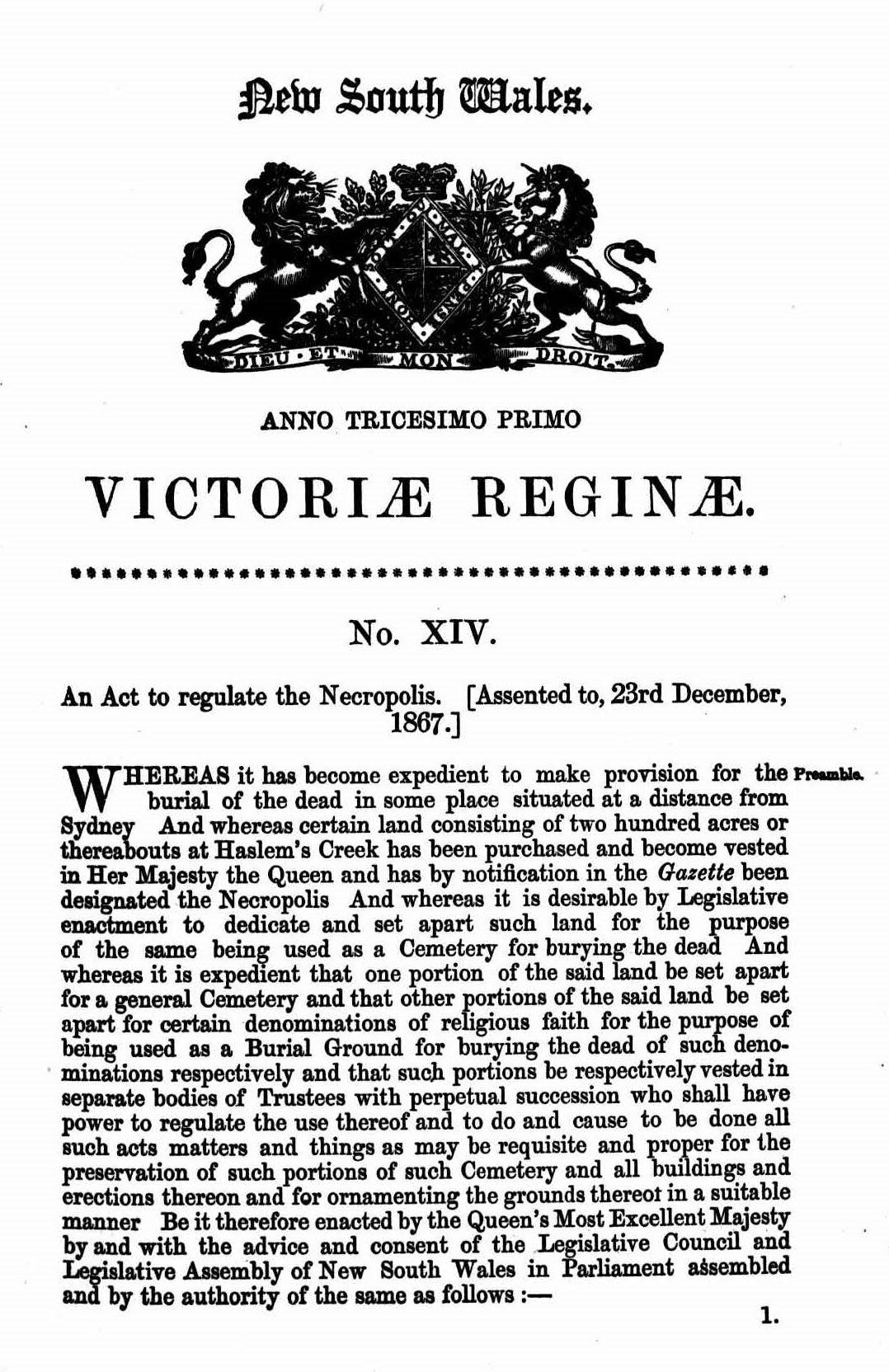
Introduction of the Necropolis Act
Just a year later, the importance of proper cemetery management became clear. The Necropolis Act (1867) came into force on 1 January 1868, officially dedicating Rookwood Cemetery and establishing cemetery trusts. Meanwhile, another significant burial ground was established by then politician, William Turks — Gore Hill Memorial Cemetery — adding to Sydney’s growing network of cemeteries.
Image credit: 1867, New South Wales Government Gazette (Sydney, NSW : 1832 - 1900), 27 December, p. 3619. , viewed 26 Mar 2025, http://nla.gov.au/nla.news-page12766006
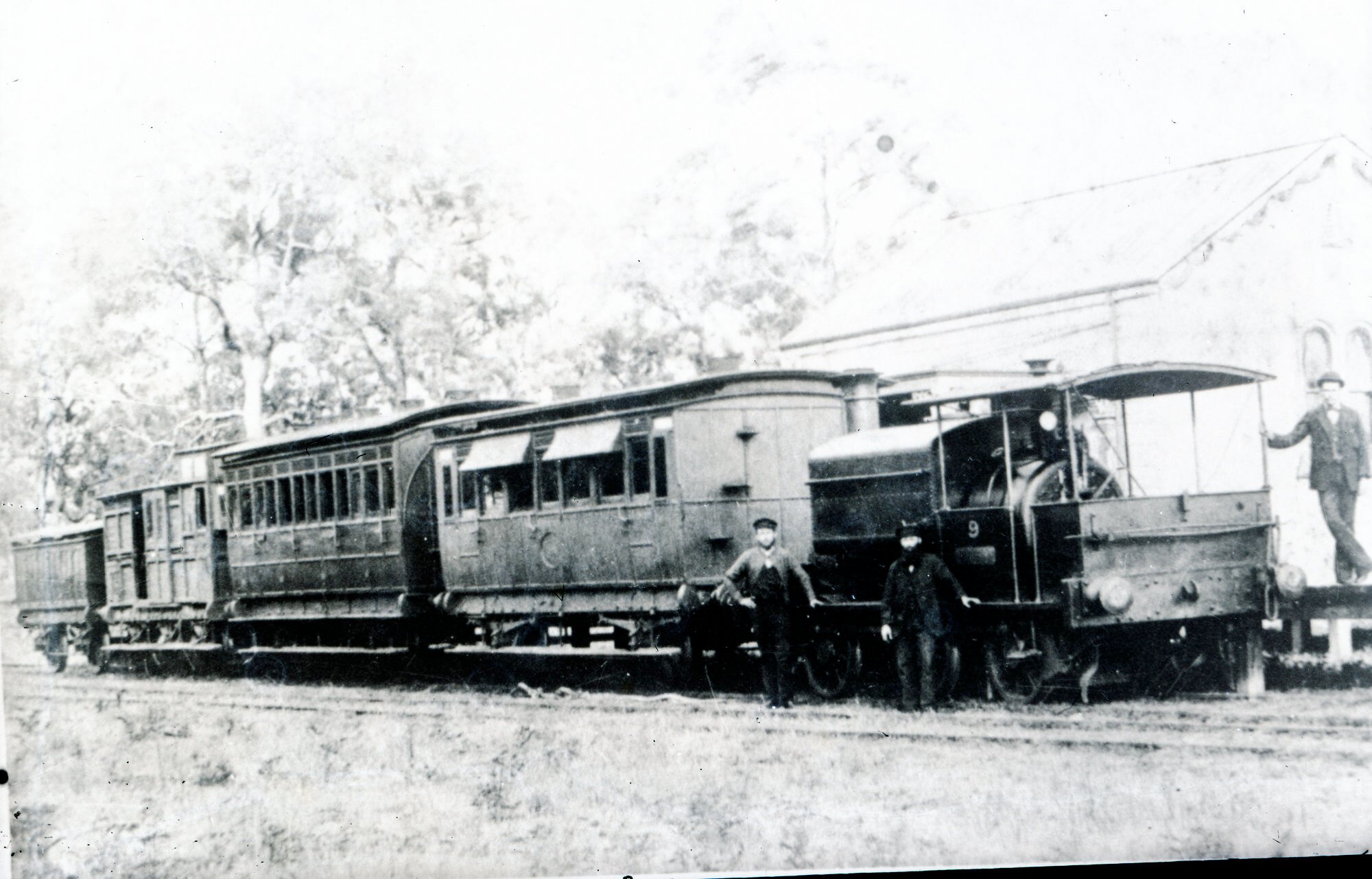
Sandgate Cemetery opened
Beyond Sydney, Newcastle’s growing population also required a dedicated burial ground. Sandgate Cemetery was established to serve the region, providing a final resting place for future generations of families.
Image: One of the first funeral trains at Sandgate Cemetery, 1883. https://livinghistories.newcastle.edu.au/nodes/view/88745
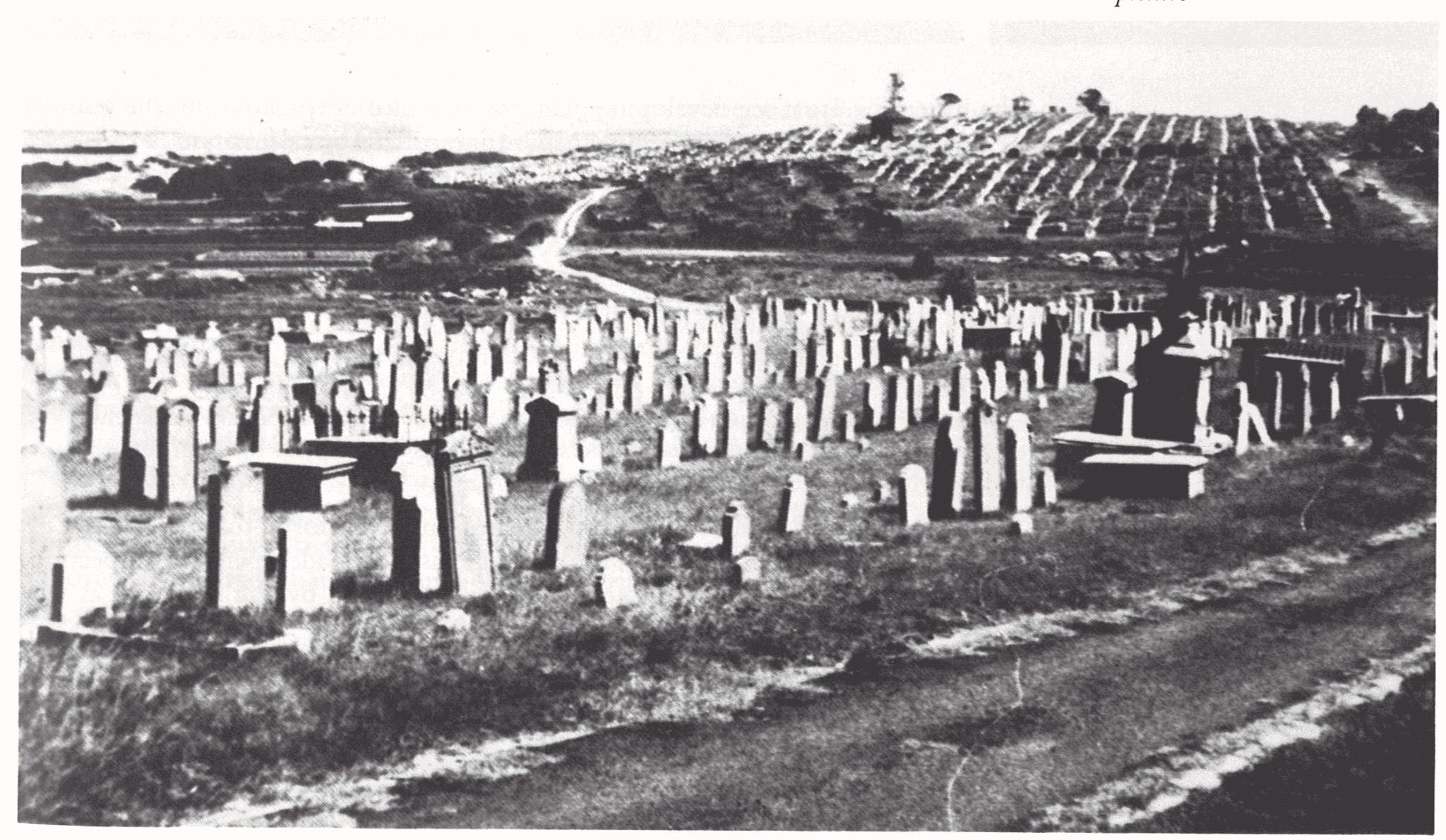
Botany and Bunnerong cemeteries established
Sydney’s eastern suburbs saw two significant additions to their memorial landscape. Land was dedicated for Botany Cemetery, while Bunnerong Cemetery was established to take in unclaimed remains from the recently closed Devonshire Street Cemetery.
Image: The Catholic section of Bunnerong Cemetery, with the headstones in the original order as they had been at Devonshire Street Cemetery.
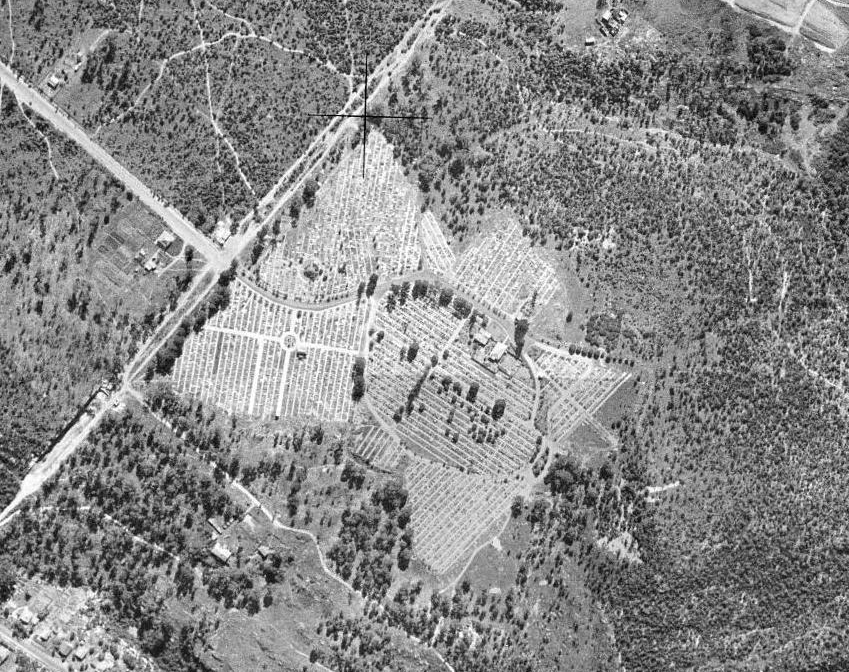
Field of Mars Cemetery opened
As the city spread further north, the need for additional burial sites became evident. In response, Field of Mars Cemetery was established, adding another chapter to Sydney’s evolving memorial landscape.
Image source: Sixmaps, 1943.

Woronora Cemetery officially opened
Further south, Woronora Cemetery was officially opened on 1 April. The very next day, its first interment took place, beginning a legacy of memorialisation that continues to this day.

Northern Suburbs General Cemetery
By the early 20th century, the northern suburbs required their own major cemetery. Plans were drawn up for Northern Suburbs General Cemetery in 1902, but it would take another two decades before the first burial was carried out.
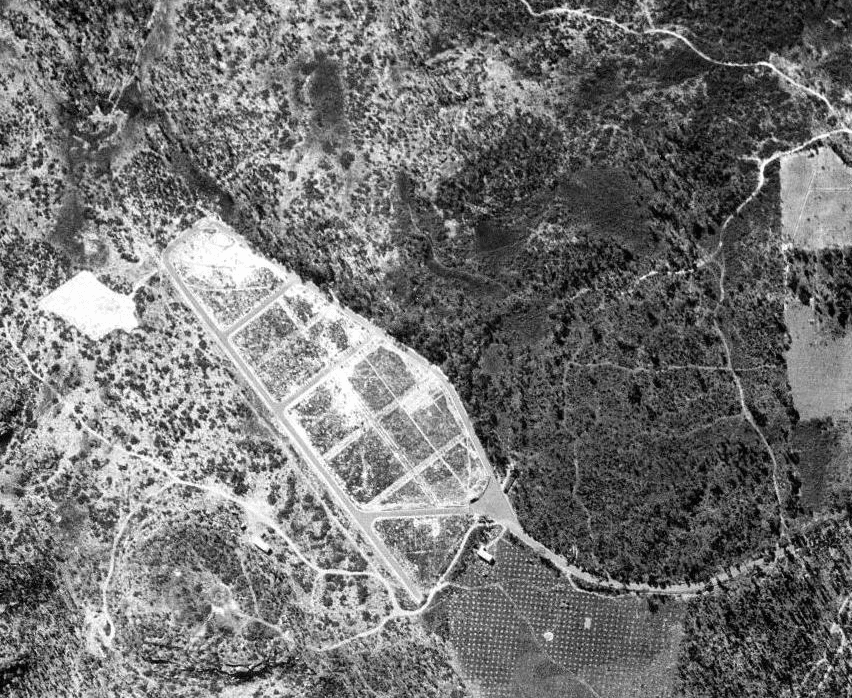
Frenchs Forest Bushland Cemetery – a new era
With Sydney continuing to expand, another cemetery was needed to serve the northern districts. In 1932, the Lands Department gazetted Frenchs Forest General Cemetery, which was officially dedicated five years later.
Image source: Six maps, 1943

Uniting the east - Eastern Suburbs Memorial Park
By the 1970s, cemetery consolidation became a priority. Bunnerong Cemetery, Botany Cemetery, and Eastern Suburbs Crematorium merged to form Eastern Suburbs Memorial Park. This marked a significant milestone in the evolution of cemetery management, ensuring the long-term sustainability of these important sites.
Image: Eastern Suburbs Memorial Park aerial shot of the South and West Chapels, and crematorium.
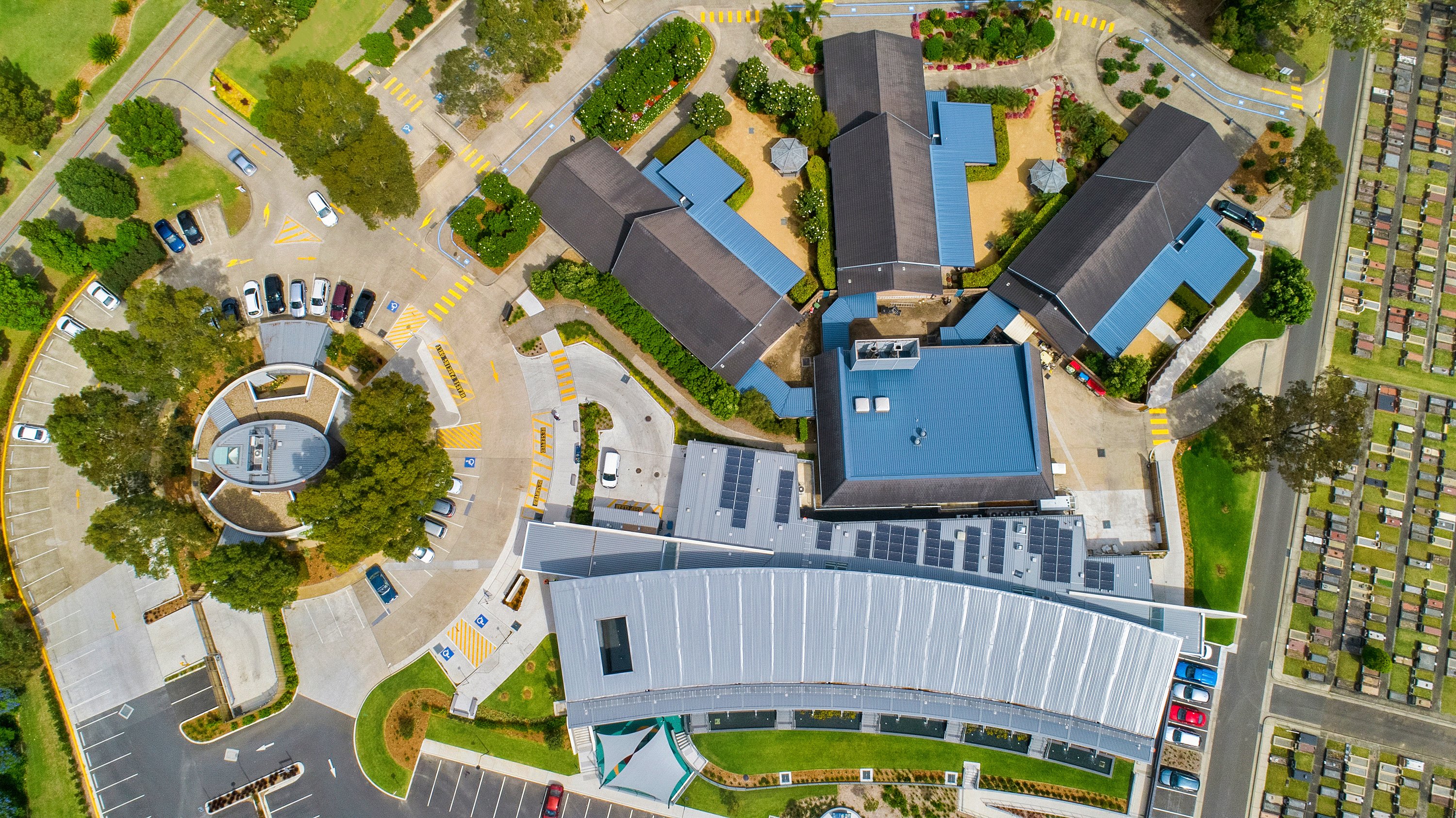
Macquarie Park Cemetery expands
Northern Suburbs General Cemetery underwent a major transformation in 2004, rebranding as Macquarie Park Cemetery and Crematorium. Alongside the name change, the site expanded with the addition of a crematorium and three chapels, offering families a more comprehensive range of services.

Major cemetery trusts formed
Significant changes in cemetery administration took place in 2012, bringing several historic sites under unified management. Sandgate Cemetery and the remainder of Field of Mars Cemetery were incorporated into the Northern Suburbs Cemetery Trust. The Northern Metropolitan Cemeteries Land Manager was established to unite Frenchs Forest Bushland Cemetery, Gore Hill Memorial Cemetery, Macquarie Park Cemetery and Crematorium, and parts of Field of Mars Cemetery. At Rookwood, the Rookwood General Cemeteries Reserve Trust was formed, bringing together the former Anglican, General, Independent, Jewish, and Muslim Trusts. Meanwhile, Southern Metropolitan Cemeteries Trust was created to oversee both Eastern Suburbs and Woronora Memorial Parks.
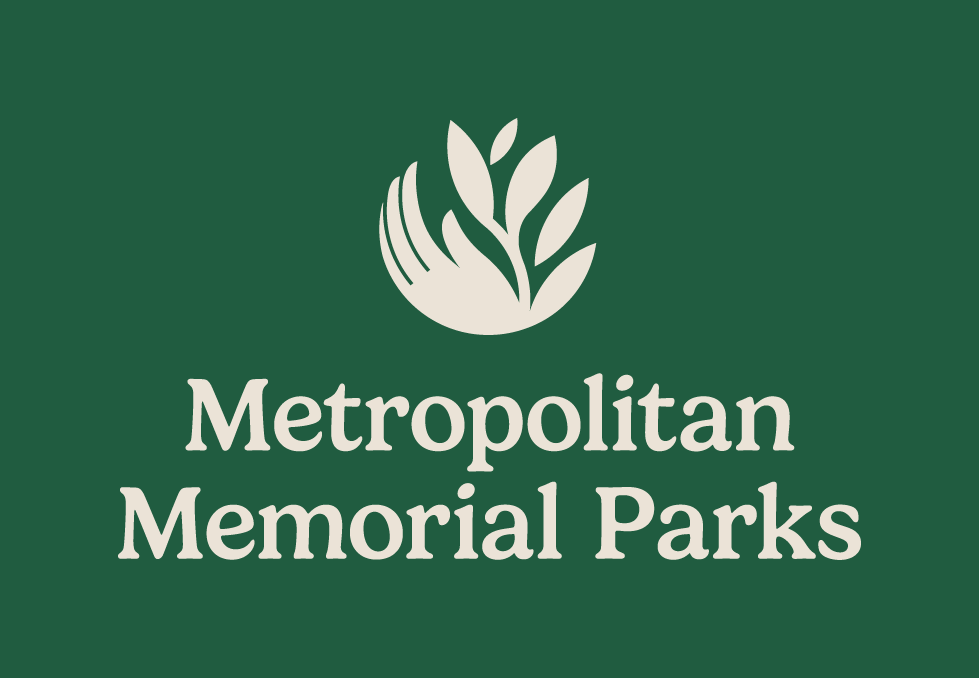
Metropolitan Memorial Parks
A decade later, another major transformation took place. On 1 July 2023, Metropolitan Memorial Parks was officially established, merging Northern Cemeteries, Rookwood General Cemetery, and Southern Metropolitan Cemeteries into one Crown land manager. This marked a new era in cemetery management, preserving Sydney and Newcastle’s history while ensuring future generations have meaningful places for remembrance.







-1.jpg?width=1600&name=Banner%20(7)-1.jpg)





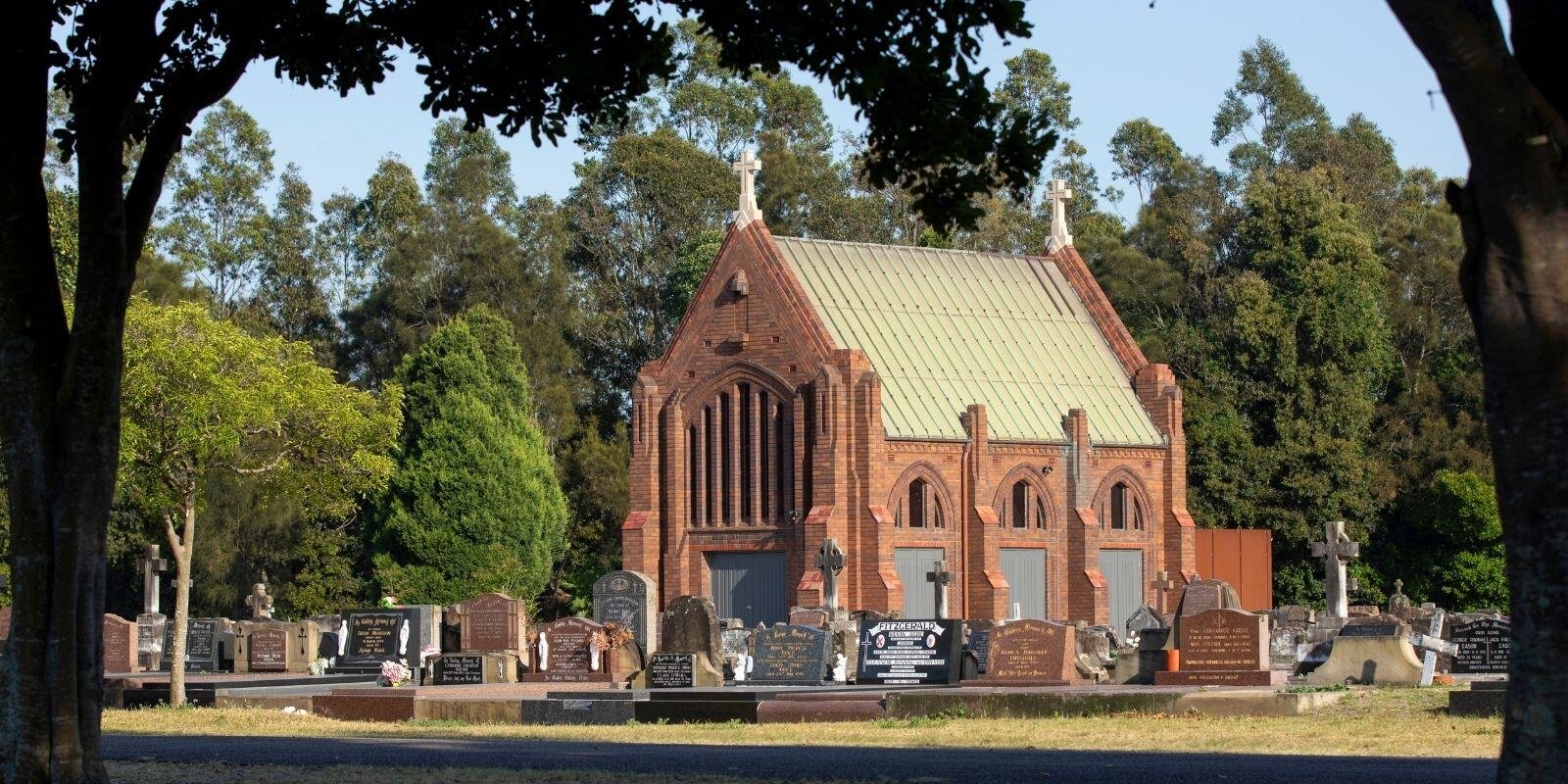

.jpg?width=1600&name=RGC%20Gallery%20(3).jpg)




.jpg?width=2000&name=Copy%20of%20MMP%20Website%20Header%20Image%20Template%20(1).jpg)
.jpg?width=1600&name=WMP%20Wonderfully%20Made%20Memorial%20(1).jpg)

.jpg?width=2000&name=Copy%20of%20MMP%20Website%20Header%20Image%20Template%20(2).jpg)

.jpg?width=800&name=Untitled%20design%20(56).jpg)












